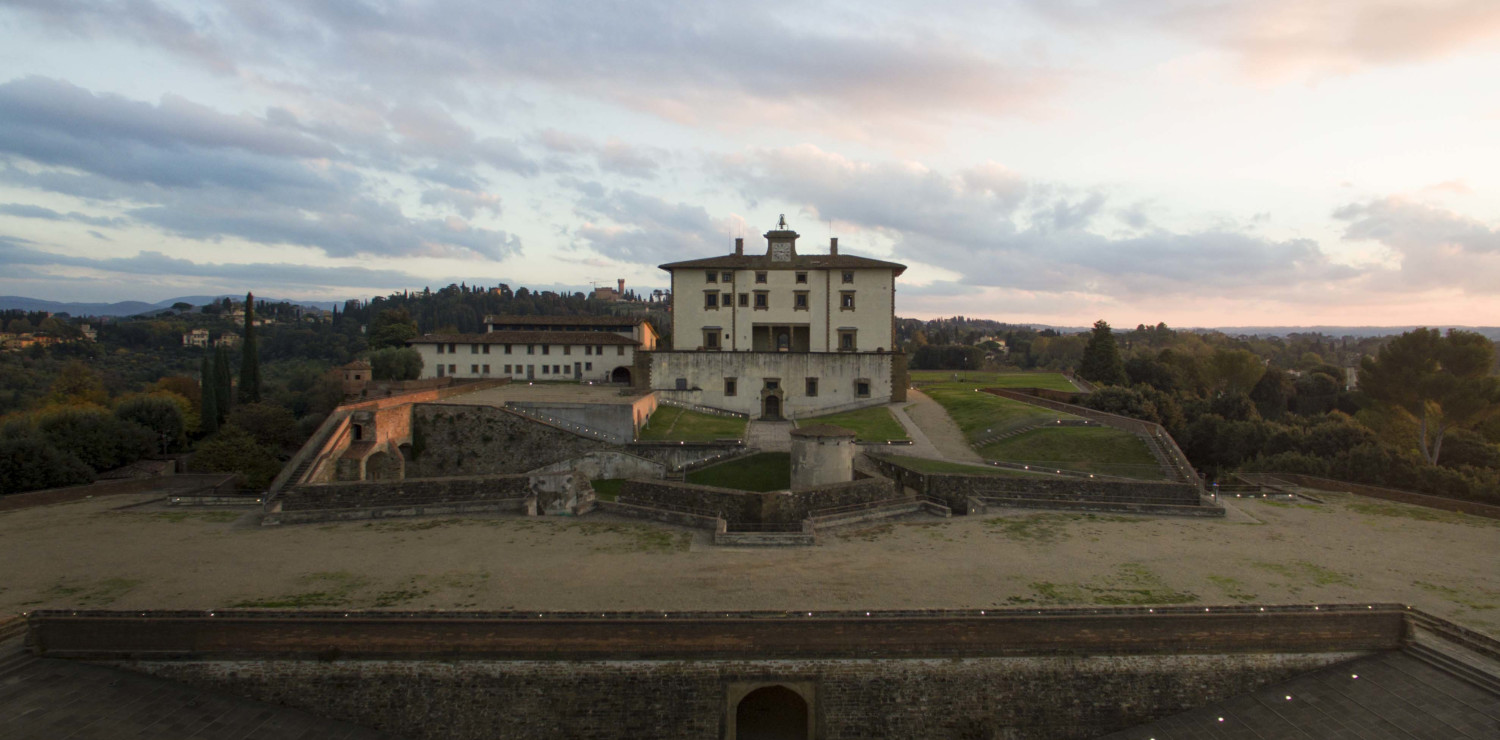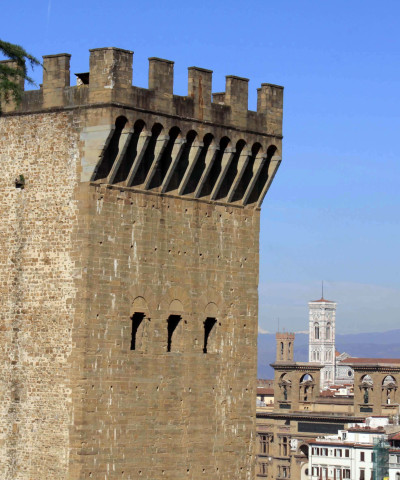Discovering Forte Belvedere
Situated at the top of the Boboli hill, the most privileged view of the Arno and Ponte Vecchio.
On Saturday 11 July, Forte Belvedere, one of the two fortresses in the city, reopens. Located at the top of the Boboli hill, overlooking the Arno and Ponte Vecchio, it offers a privileged view of the historic city and also a calendar of cultural events not to be missed this summer 2020 in Florence.
Saturday, July 11 at 18.00, the Fort hosts the "Grand Tour Belvedere. From Montaigne and Goethe to Stendhal and Rilke, from Taine to James": 15 actors of the "I Nuovi" group will recite some readings of texts by the great travellers who celebrated the beauties of the city, from Stendhal to Rilke, from Montaigne to Goethe. Free admission subject to availability.
From July 11, 2020 there will also be guided tours of Forte Belvedere, at 6.00 p.m. and 7.00 p.m. (cost 2.50 euros for residents of the Metropolitan City of Florence, 5 euros for others, reduction 2×1 for Unicoop Firenze members), while at other times a cultural mediator will be available to the public for a brief explanation at the beginning of the museum tour.
Forte Belvedere, besides being a famous panoramic viewpoint, is also a valuable architectural work. It was built at the end of the 16th century to a design by Bernardo Buontalenti and on the orders of Grand Duke Ferdinando I de' Medici, who had just returned to Florence after being expelled from an impatient city, and who had had the famous corridor built by Vasari to protect himself from possible attacks when moving from home (Palazzo Pitti) to the offices (Palazzo Vecchio).
The fortress of Belvedere would have been the last stop of the Vasari Corridor and would have had to protect the seat of government, Palazzo Pitti, the southern part of the city, demonstrate with its majesty all the Medici power and finally guarantee the Grand Duke a refuge from possible riots. It was also intended as a hiding place for the family treasure: at the bottom of a well dug inside the central building a crypt protected by deadly traps was discovered.
The place on which the fort was built had already been identified at the time of the Siege of Florence by Michelangelo as a site of great strategic importance. As in other works by Buontalenti, the originality of Forte Belvedere, an urban fortress that therefore had to have fine finishes, can be seen in the unique details of the construction of both the fortification and the internal villa, the elegant and white three-storey Palazzetto del Belvederea that dominates the entire building.
The central building, the Grand Duke's residence in unhealthy times as during the plague epidemic of 1600, was not suitable for military princes, but with its white "Villa Medicea" walls it is a visible sign of the Medici domination.
The Grand Duke Pietro Leopoldo at the end of the eighteenth century made the incomparable balcony over Florence public: the fort has never suffered a siege, nor have its artillery ever fired a shot. For centuries, the Fort's cannon shots only announced noon, so much so that for the Florentines that noise was good-naturedly called "the cannon of pasta".
Forte Belvedere in Florence will remain accessible for 3 months, until October 11, from Tuesday to Sunday from 15.00 to 20.00. Admission is free for everyone: no reservation is required, just show up at the entrance of via San Leonardo 1.










